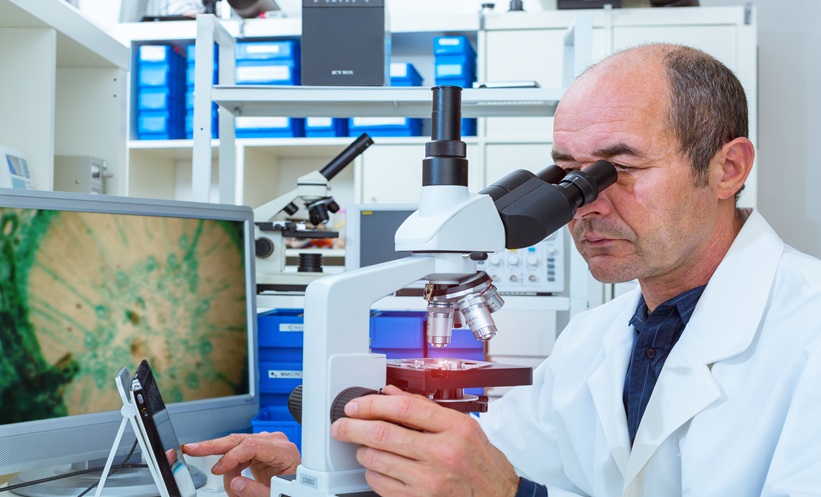KEY symptoms of asthma may be treatable, according to the results of a study investigating the effects of chloroquine and quinine in mice models of allergic asthma. Due to the prevalence of asthma, this finding is of great significance. Indeed, in the USA today, around 1 in 12 people are affected by asthma. The only treatments currently available are to help manage asthma symptoms rather than to target disease progression. Lead study author, Dr Pawan Sharma, Woodcock Institute of Medical Research and University of Technology, Sydney, Australia, inputted his thoughts: “Our current research on taste receptors is crucial in identifying new classes of drugs that can be an effective asthma treatment option in the future.”
The activation of TAS2Rs, bitter taste receptors on the tongue, has been previously found by researchers to result in relaxation of the smooth muscle in the airways. Building on this finding, researchers in this study administered chloroquine and quinine, which stimulate the bitter taste receptors on the tongue, to mouse models of allergic asthma in intranasal doses. Twenty-four hours later, researchers exposed mice to two allergens and then assessed the mice’s airway inflammation, lung function, and airway structure.
Chloroquine and quinine were found to prevent airway inflammation in the mice and also reduce further key characteristics of allergic asthma, such as structural changes to the airway and accumulation of mucus. Additionally, when chloroquine and quinine were tested on human airway cells, they were found to block chemotaxis of airway immune cells in response to allergens; this assisted with the prevention of airway inflammation.
Finally, Dr Sharma explained that further research is needed to determine more efficacious TAS2R agonists for the treatment of asthma, commenting that: “Alternately, existing drugs could be repurposed for asthma therapy.” He went on to add: “Advances in medicinal chemistry and computational modelling should catalyse the drug discovery process in exploiting TAS2Rs as a novel anti-asthma therapeutic target.”
(Image: freeimages.com)








